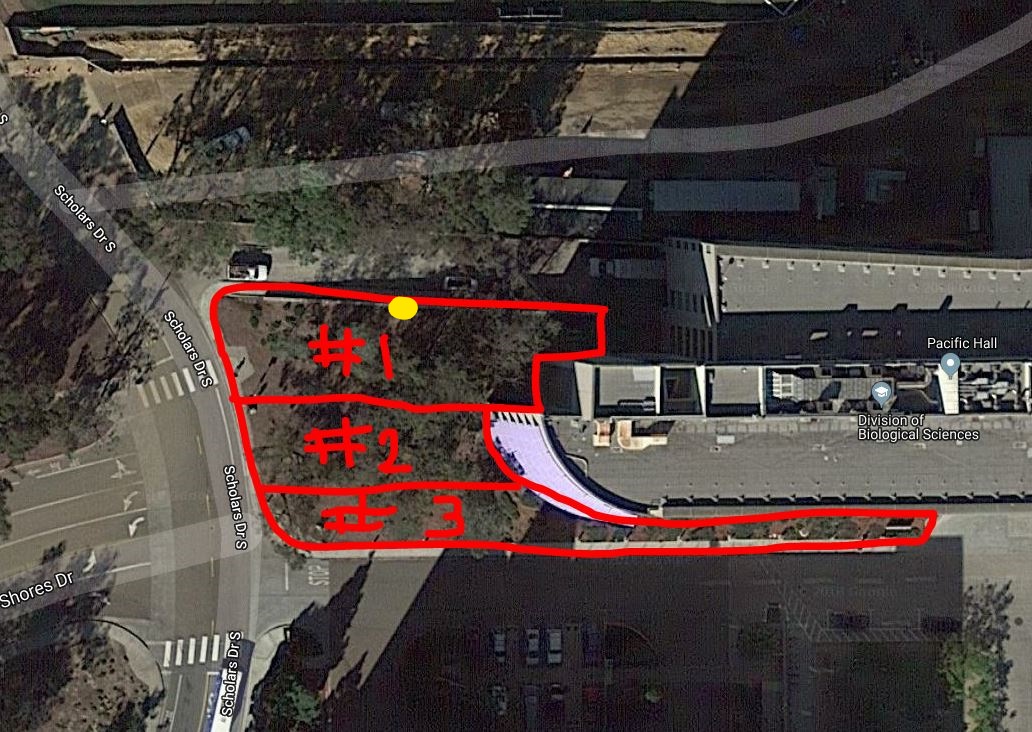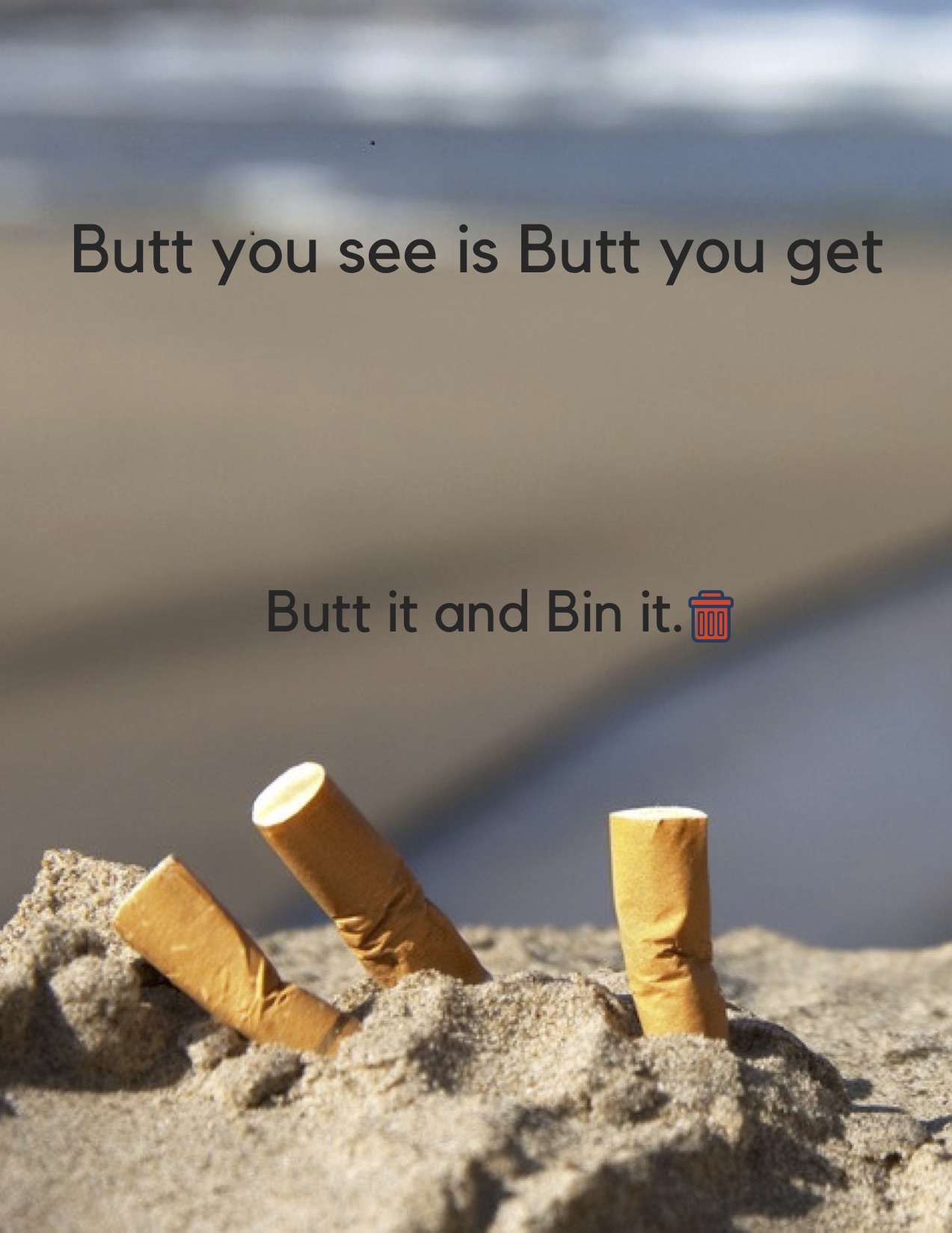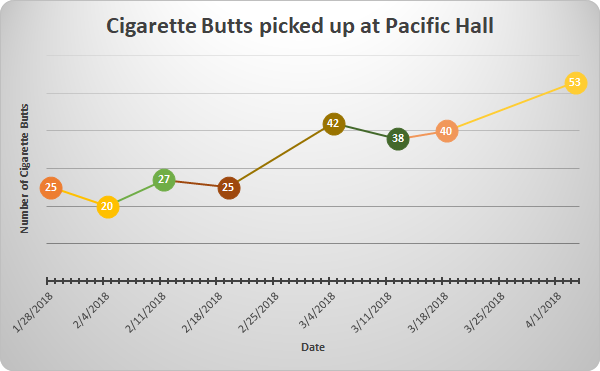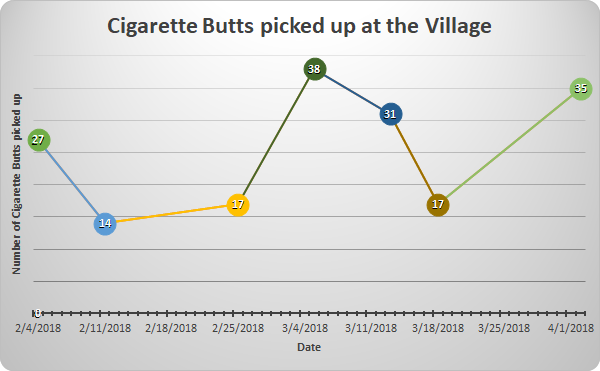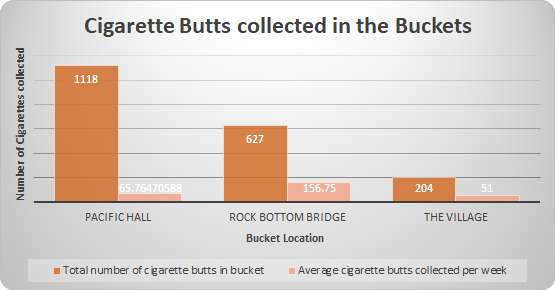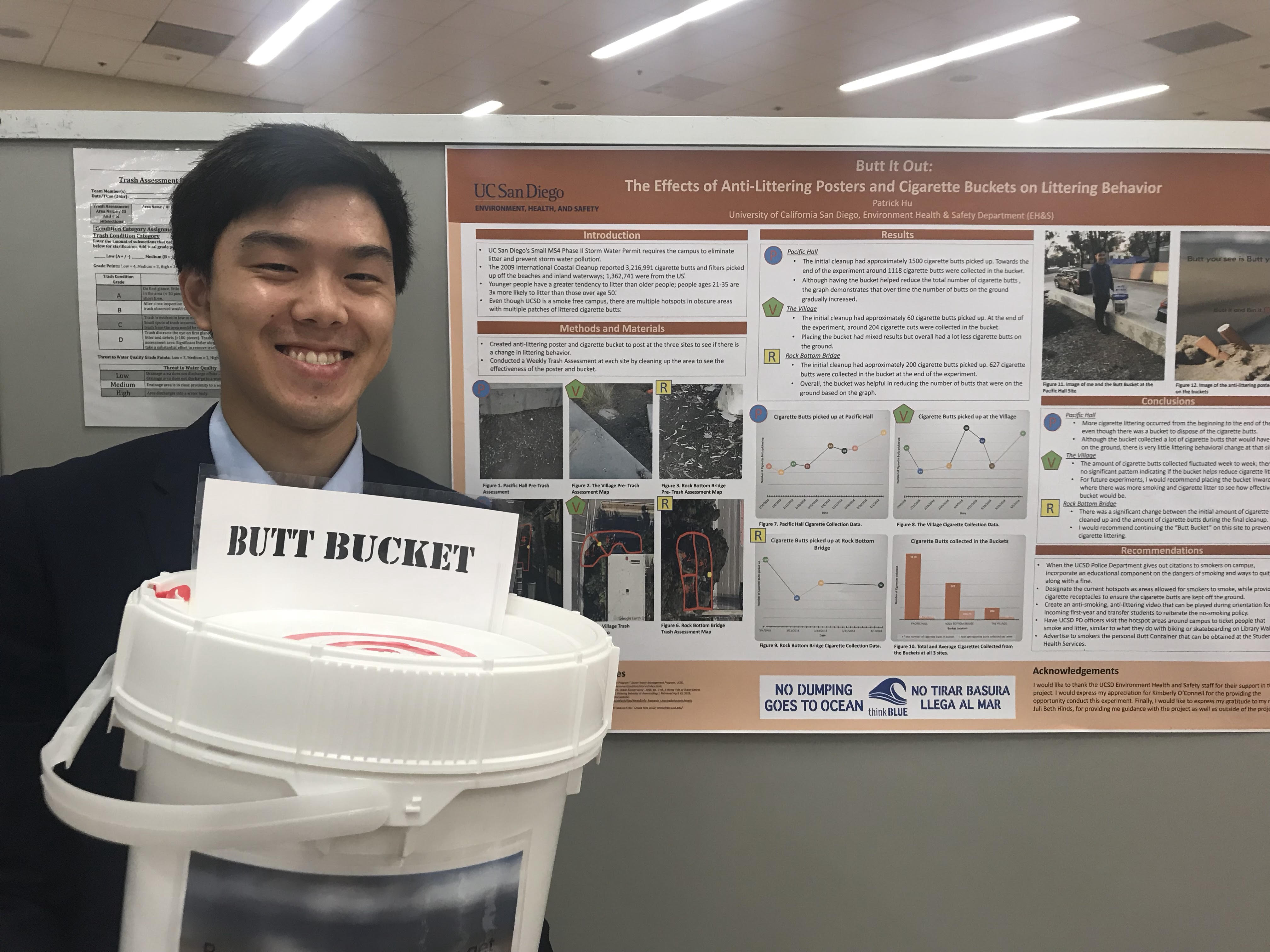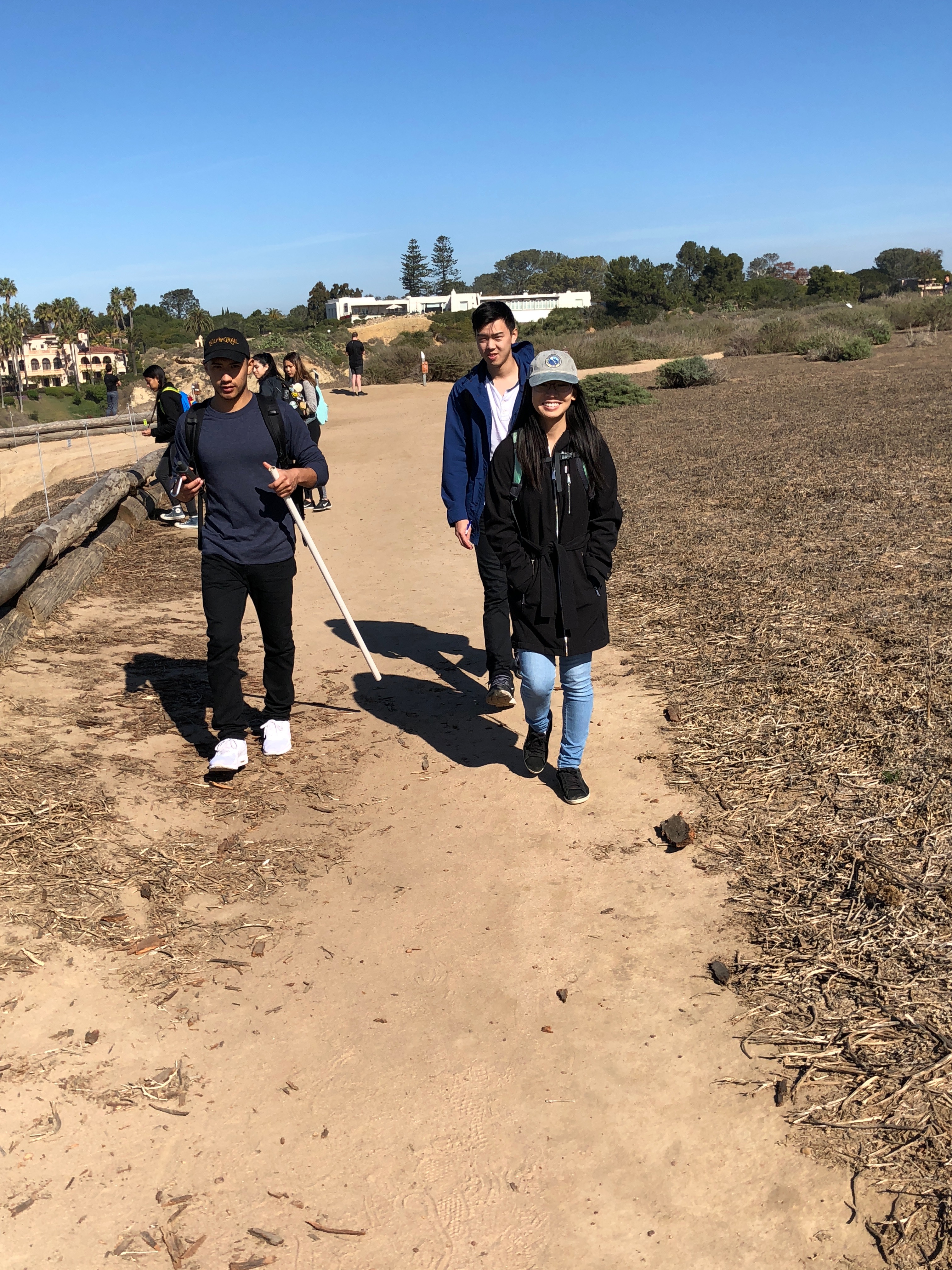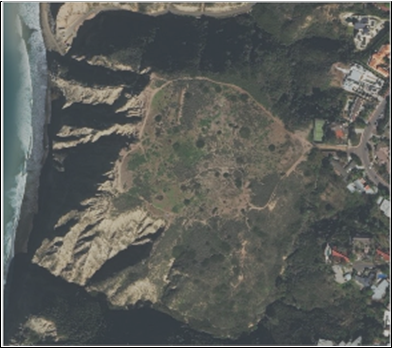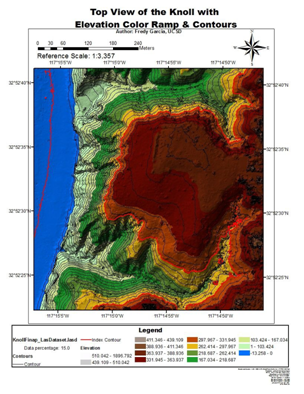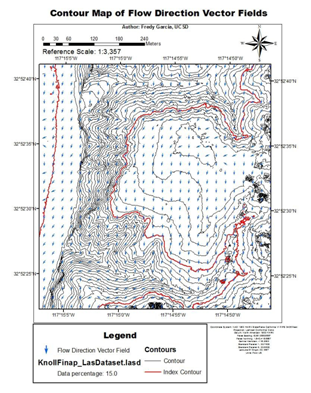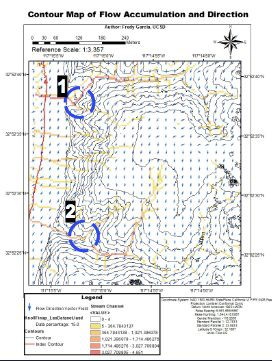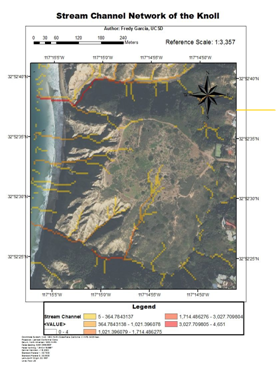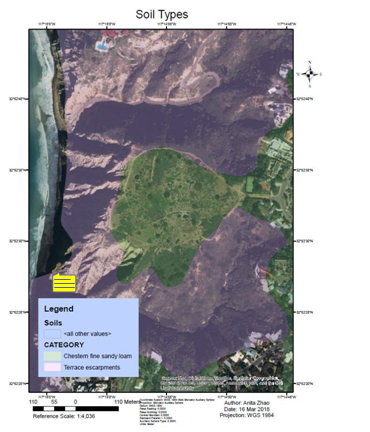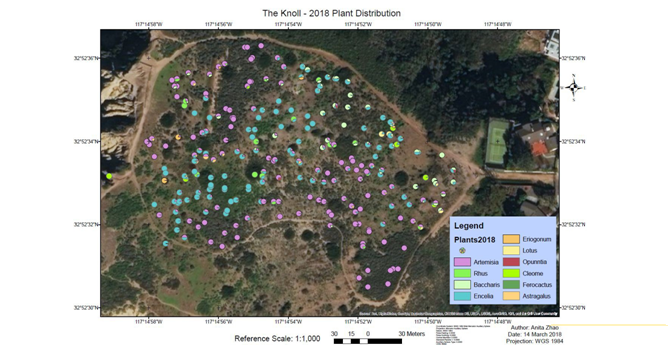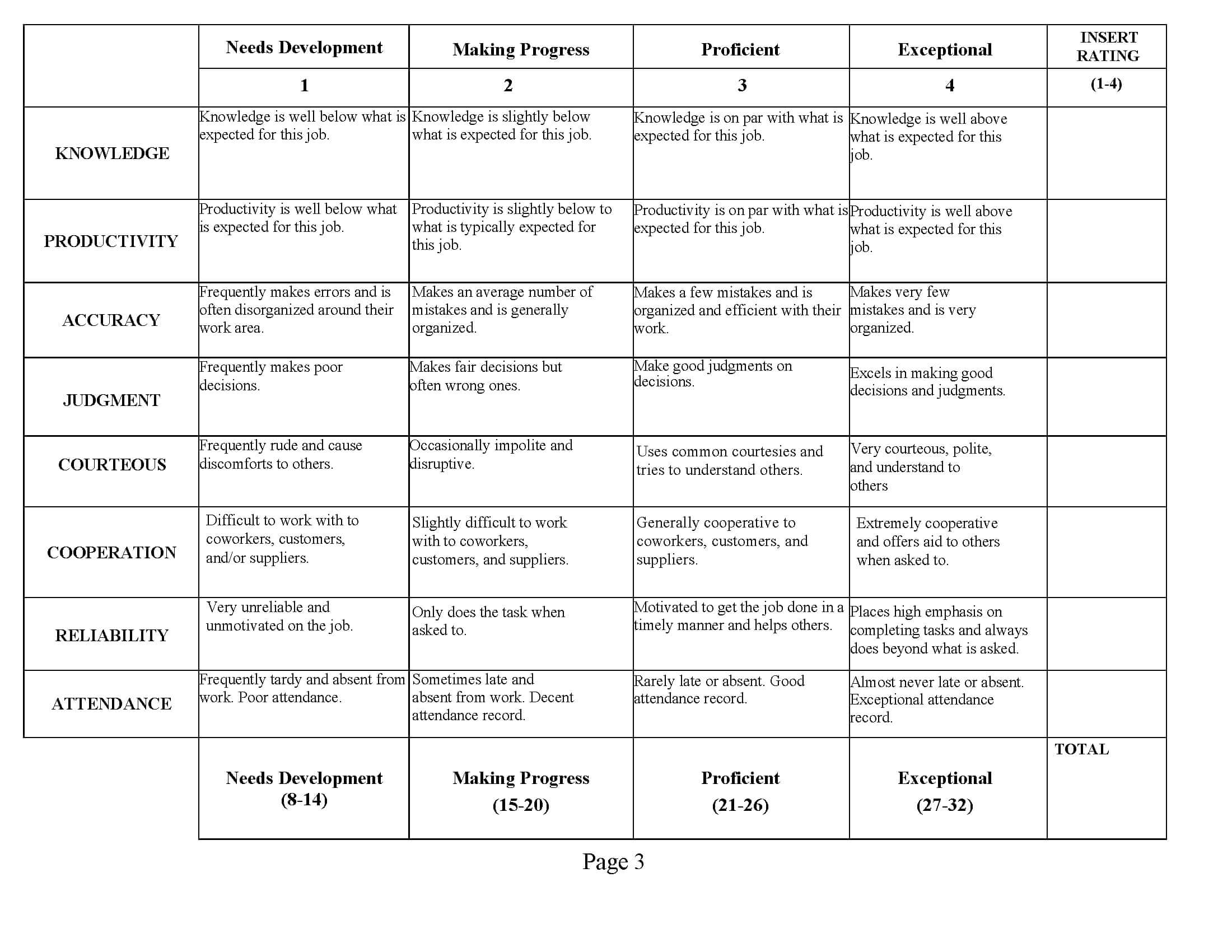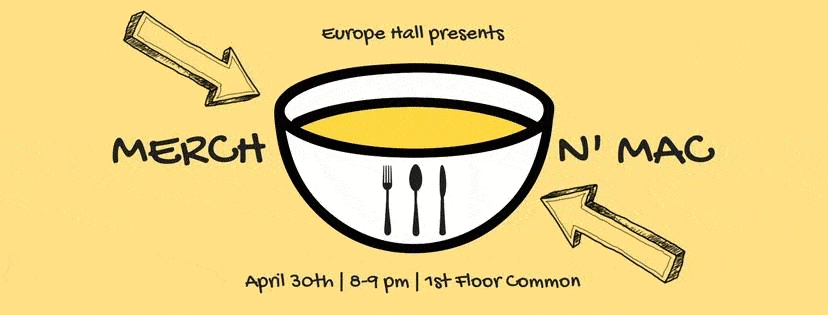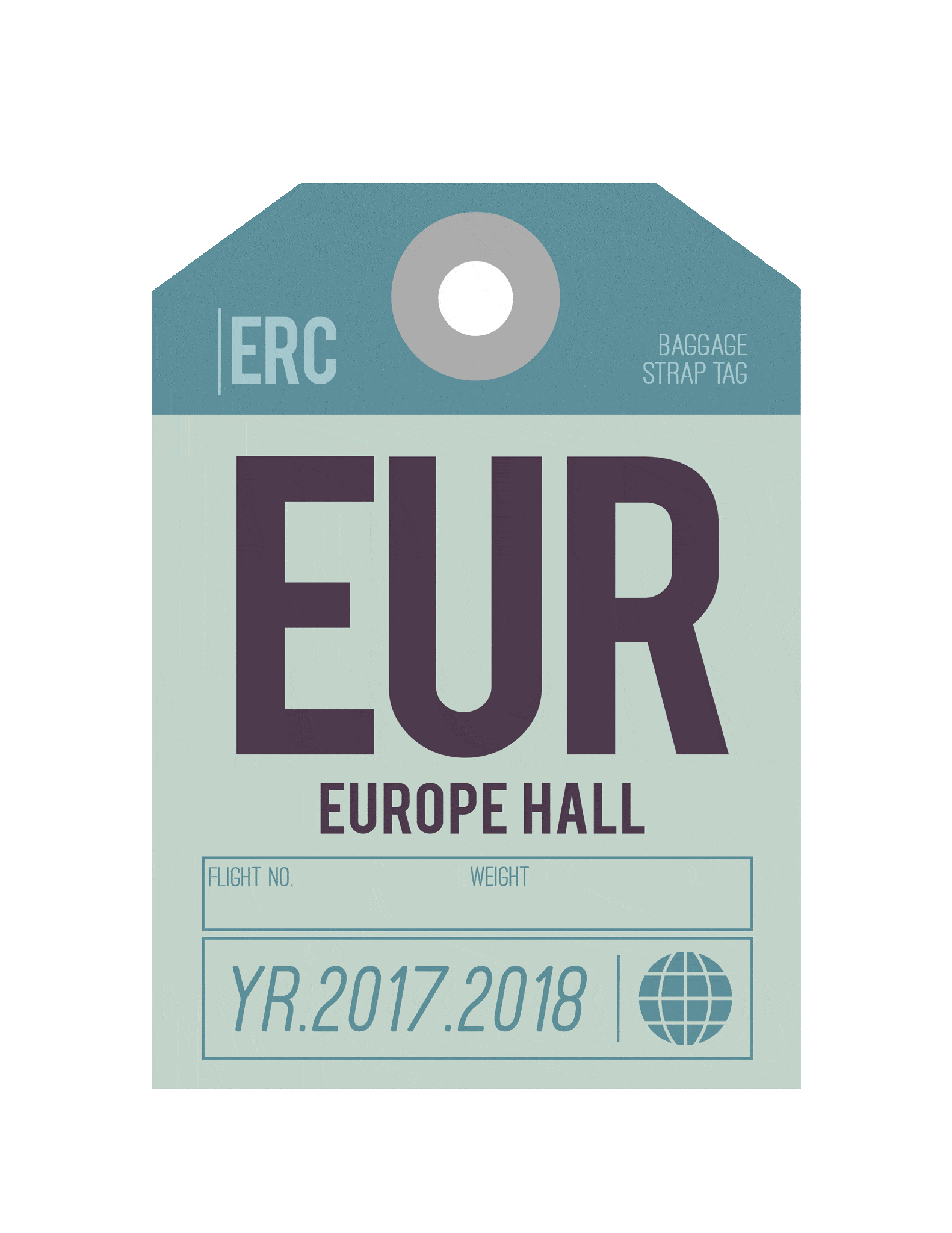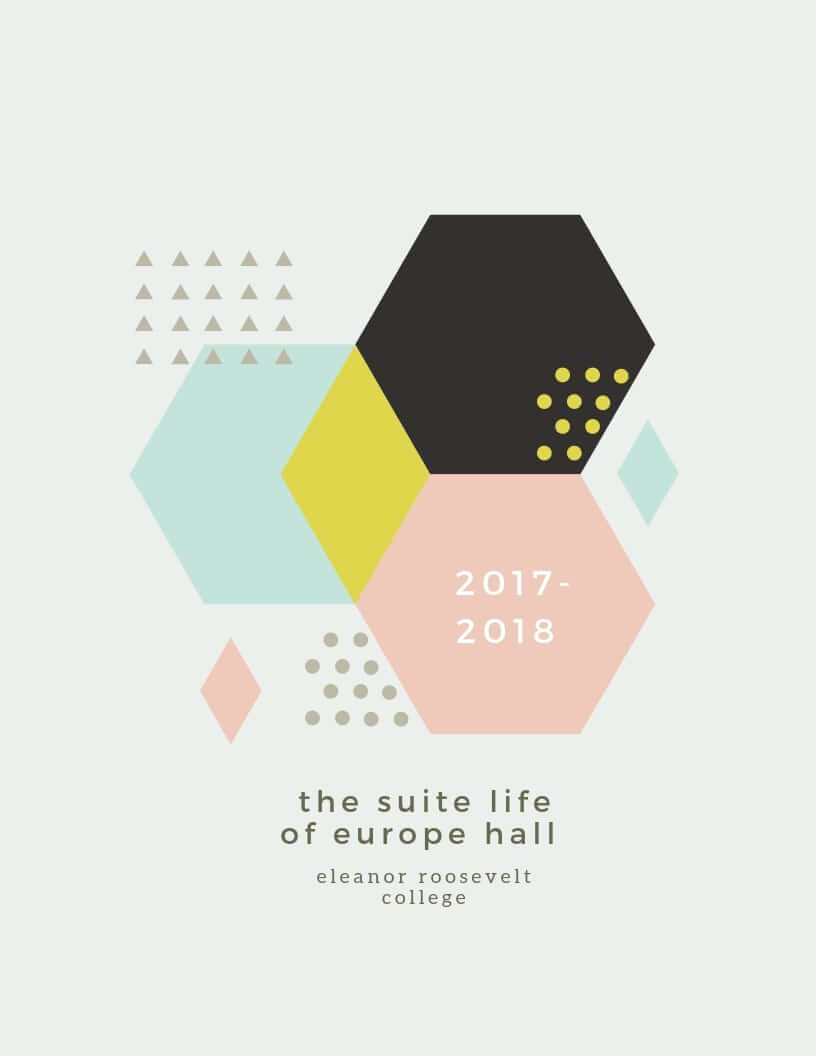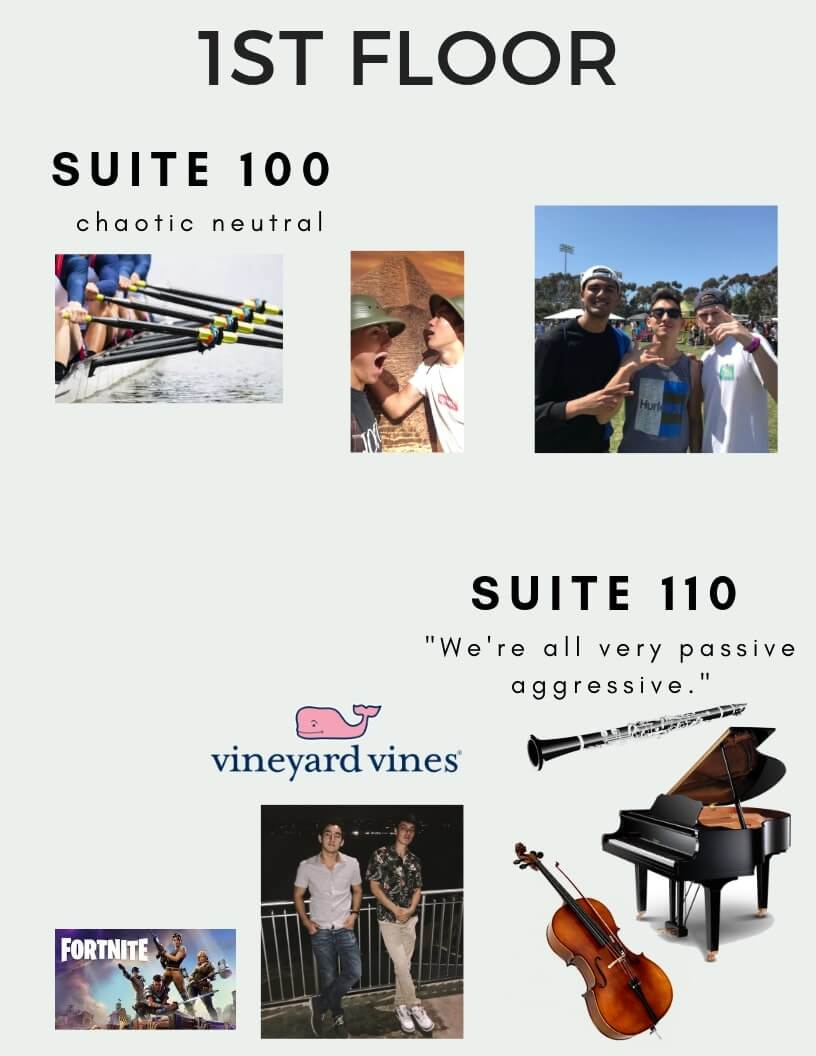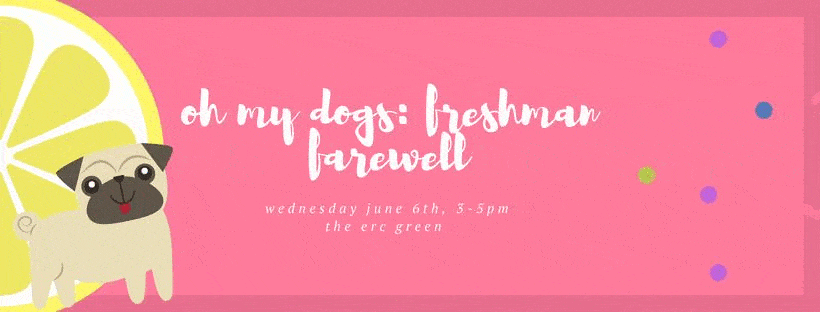-
Oct 2017 - Jun 2018
Butt It Out
Environmental Experience Work Experience
Stormwater Management Project InternThis project assessed and tracked the littering behavior of cigarette butts to provide data for campus-wide Stormwater compliance. I later presented the finding in a report and at an Environmental symposium to peers and professionals.
-
July 2018 - March 2018
BIMAP
Environmental Experience
StudentBiofilter Installation to Mitigate Anthropogenic Pollution. Our group proposed a Biofilter installation to mitigate anthropogenic impacts on the Scripps Coastal Reserve (The Knoll) using GIS techniques and GPS data. By gathering data and creating maps, we analyzed and determined two optimal locations for the biofilter.
-
July 2018 - Present
Shipment Training Reorganization
Work Experience
Stormwater Management Project InternAfter learning through the Direct Shipment process for my work, I noticed that there was no manual or training guide for incoming employees. With my supervisor's approval, I created a guide to make the transition easier for others as well as other company forms.
-
Sep 2017 - Jun 2018
EU Should Recycle
Environmental Experience Work Experience
Residential AdvisorThis program focused on promoting residential participation with environmental service theme by hosting a competition between each suite to see who can recycle the most. In the end, our building collected over 4,200 bottles/cans.
-
Apr 2018 - Jun 2018
EU Programing Committee
Work Experience
Residential AdvisorThe 13 member resident committee was formed with the goal to provide meaningful events for the community. After training and preparing for two building events, the group advertised to residents in the building and the community and had over 120 participants for the events!
Hi there! My name is Patrick Hu and I am a recent graduate from the University of California San Diego with a Bachelor's degree in Environmental Systems with a concentration in Policy and a minor in Political Science. I strive to use my community-building, environmental, and business experiences in the environmental professional field. Check out my projects below and feel free to connect with me to learn more!
Contact
Here's a resume!

